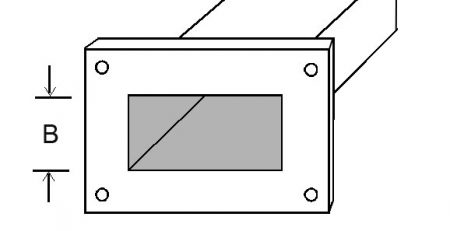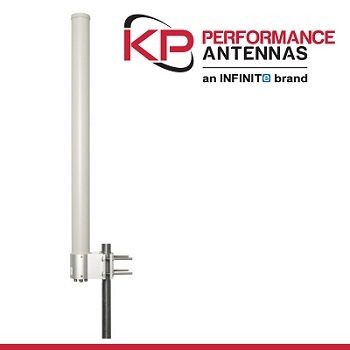How Does a Bias Tee Work Differently from a DC Block?
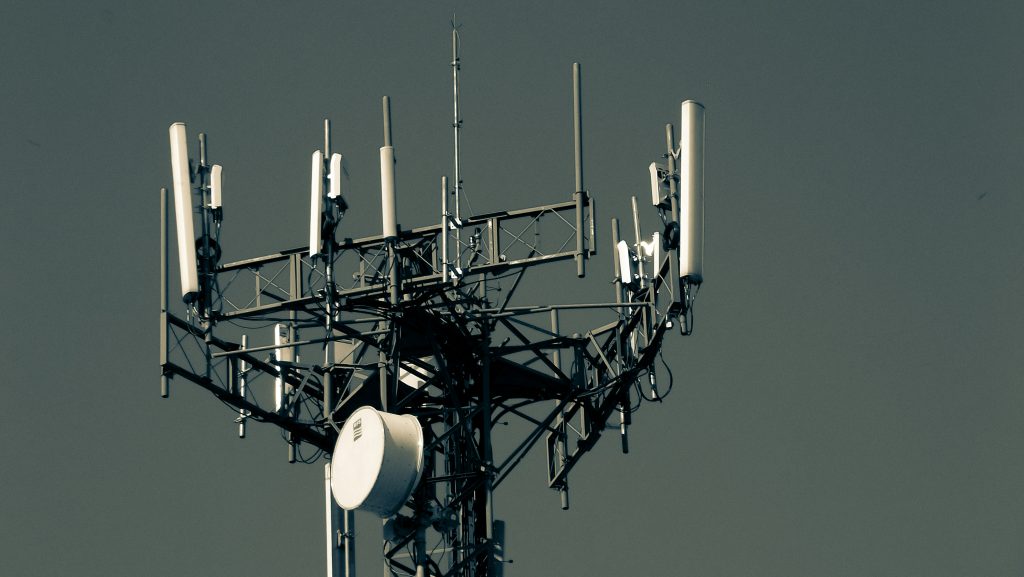
Understanding Bias Tee and DC Block
Definition of Bias Tee
A bias tee is an essential component in RF and microwave systems designed to combine AC and DC signals onto a single conductor without interfering with each other. It allows the AC signal to pass through while simultaneously injecting a DC bias into the line. This capability is particularly useful in applications such as powering active devices like amplifiers or lasers directly through the transmission line, without the need for separate wiring.
Definition of DC Block
A DC block, on the other hand, is a device used to block DC signals while allowing RF or AC signals to pass through unimpeded. This component is essential in situations where the presence of a DC component could lead to the malfunction or damage of sensitive RF equipment. By isolating the DC component from the AC signal, the DC block ensures the integrity and safety of the RF system.
Components and Structure
Structural Elements of a Bias Tee
Capacitor
In a bias tee, the capacitor is a critical component that facilitates the separation of AC and DC signals. The capacitor allows the AC signal to pass through while blocking the DC component. This is achieved by providing a low impedance path at RF frequencies and a high impedance path at DC.
Inductor
The inductor in a bias tee is crucial as it provides a high impedance path to AC signals while offering a low impedance path to DC signals. This configuration enables the DC component to pass through the inductor, while the AC component is blocked. The coordinated use of capacitors and inductors ensures that the bias tee can effectively combine AC and DC signals without causing interference.
Structural Elements of a DC Block
Capacitor
The primary active component in a DC block is the capacitor. Situated within the transmission path, the capacitor allows AC signals to pass through while effectively blocking any DC component. This selective blocking ensures that only the desired signals are transmitted, protecting RF equipment from potential damage caused by unwanted DC interference.
 Functionality and Applications
Functionality and Applications
How a Bias Tee Works
Combining AC and DC Signals
The bias tee operates by merging AC and DC signals onto the same conductor. The inductor and capacitor within the bias tee act together to separate these signals at their respective ends. The capacitor on the AC side blocks DC signals, while the inductor on the DC side blocks AC signals, allowing for effective signal manipulation without interference.
Application Use Cases for Bias Tees
Bias tee components are widely used in RF and microwave systems where DC power needs to be delivered to active elements over existing coaxial cables. Typical use cases include powering remote antenna biasing, laser diode drivers, and active RF components such as amplifiers and mixers. The bias tee’s ability to efficiently combine AC and DC signals makes it invaluable in these high-frequency applications.
How a DC Block Works
Blocking DC While Passing AC Signals
A DC block operates by permitting AC signals to travel through a transmission line while obstructing DC components. The internal capacitor ensures that the DC component is unable to pass, thereby isolating it and preventing it from reaching sensitive RF equipment. This effective blocking mechanism safeguards the system from potential malfunctions or damage caused by unwanted DC currents.
Application Use Cases for DC Blocks
DC blocks are utilized in scenarios where it is critical to prevent DC signals from interfering with RF equipment. Common applications include protecting sensitive measurement devices in RF test setups, preventing galvanic corrosion in long transmission lines, and isolating DC bias in mixed-signal environments. By ensuring that only AC signals pass through, the DC block maintains the integrity and performance of the RF system.
RFecho
savvy tech aficionados! If you’re someone who demands nothing but the best in RF technology, let me introduce you to RFecho – the gold standard in high-performance antenna and RF component design.
RFecho isn’t just another company; it’s a titan in the industry, known for pushing the boundaries of innovation. Specializing in a wide range of frequencies from low to THz, RFecho offers an impressive array of products. Whether you need standard gain horns, reflector antennas, or custom antenna arrays, they’ve got you covered. And let’s not forget their top-notch passive and active components, including filters, power dividers, couplers, low noise amplifiers, and phase shifters.
RFecho truly distinguishes itself through its relentless pursuit of excellence. They have formed partnerships with some of the most prestigious institutions and Fortune 500 companies worldwide, including Cambridge University, Oxford University, Harvard University, Facebook, and Google. These collaborations underscore their unparalleled expertise and industry leadership.
In conclusion, while both bias tee and DC block serve crucial roles in RF and microwave engineering, they perform fundamentally different functions. The bias tee is designed to combine AC and DC signals, enabling the powering of active components via coaxial cables. The DC block, conversely, is utilized to protect RF systems by blocking unwanted DC components. Understanding these differences is essential for anyone involved in the design and maintenance of high-frequency electronic systems. Ensuring you choose the right component for your specific application will lead to more effective and reliable RF systems.
 Key Differences Between Bias Tee and DC Block
Key Differences Between Bias Tee and DC Block
Signal Separation vs. Signal Blocking
When comparing a bias tee to a DC block, the fundamental difference lies in their core functionalities. The bias tee operates by separating AC and DC signals and then combining them onto a single conductor. This combination is possible because of the internal capacitor and inductor components. In contrast, a DC block’s primary function is to prevent DC signals from passing while allowing AC signals to flow through. This segregation is achieved mainly through the use of a capacitor that blocks any DC component, ensuring that only RF or AC signals proceed to the equipment.
Frequency Range Handling
Frequency range handling is another critical distinction between the bias tee and DC block. Bias tees are designed to work across a wide range of frequencies, often covering from low-frequency RF up to several GHz. This wide frequency range capability makes them versatile tools in various RF and microwave applications. On the other hand, DC blocks are also effective over broad frequency ranges but are particularly optimized for preventing low-frequency DC components from interfering with high-frequency AC signals. This optimization ensures that sensitive RF equipment operates without the risk of DC-related malfunctions or performance degradation.
Typical Usage Scenarios
The typical usage scenarios for bias tees and DC blocks further illustrate their differences. Bias tees are commonly utilized in situations where DC power must be delivered to active components such as amplifiers, mixers, and laser diodes through existing transmission lines. This feature makes them crucial in remote antenna systems and active RF networks. On the other hand, DC blocks are generally used in environments that necessitate protection from unwanted DC currents. They are often employed in RF testing setups to protect measurement equipment and in transmission lines to prevent issues like galvanic corrosion, thereby ensuring signal integrity in mixed-signal environments.
Practical Considerations in Choosing Between Bias Tee and DC Block
Performance Metrics to Consider
When deciding between a bias tee and a DC block, several performance metrics should be taken into account to ensure optimal application suitability.
Insertion Loss
Insertion loss is a critical metric that impacts the efficiency of both bias tees and DC blocks. For a bias tee, minimal insertion loss is desirable to ensure that the AC signal experiences negligible attenuation while passing through the component. This ensures that signal integrity and strength are maintained. Similarly, low insertion loss in a DC block is essential to allow the AC signal to pass through with minimal disruption, preserving the overall performance of the RF system.
Isolation Capabilities
Isolation capabilities are another crucial factor. In the case of a bias tee, effective isolation between the AC and DC paths is vital to prevent interference and ensure that both signals coexist optimally on the same conductor. High isolation minimizes cross-talk between the signals, maintaining performance integrity. For DC blocks, the isolation capability is paramount in efficiently blocking DC while allowing the AC signal to proceed. High isolation ensures that DC components do not reach sensitive RF equipment, thereby protecting it from potential damage or malfunction.
Compatibility with Different Frequencies
Compatibility with various frequency ranges is a significant consideration when selecting either a bias tee or a DC block. For a bias tee, it must align with the operating frequency of the RF system to function effectively. It should manage the frequency without considerable degradation or loss. Similarly, for DC blocks, frequency compatibility is crucial. The DC block must effectively prevent DC components from passing while allowing the AC signal at the specified operating frequency to flow freely. Ensuring frequency compatibility will result in optimal performance for the entire RF system.
Summary of Functional Differences
In summary, understanding the functional differences between a bias tee and a DC block is crucial for making informed decisions in RF and microwave engineering applications. A bias tee excels in combining AC and DC signals, making it suitable for applications where DC power needs to be delivered over RF transmission lines to power active components. Its design ensures minimal loss and effective isolation between signals. In contrast, a DC block’s primary function is to isolate and block DC components, safeguarding sensitive RF equipment from potential damage or interference. By focusing on performance metrics like insertion loss, isolation capabilities, and frequency compatibility, engineers can ensure that they select the right component for their specific needs, leading to more reliable and effective RF systems.

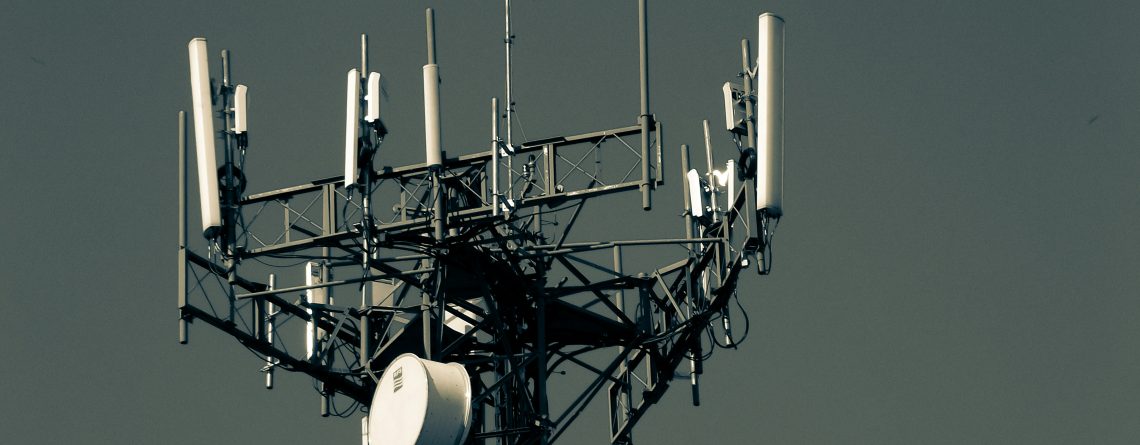
 Functionality and Applications
Functionality and Applications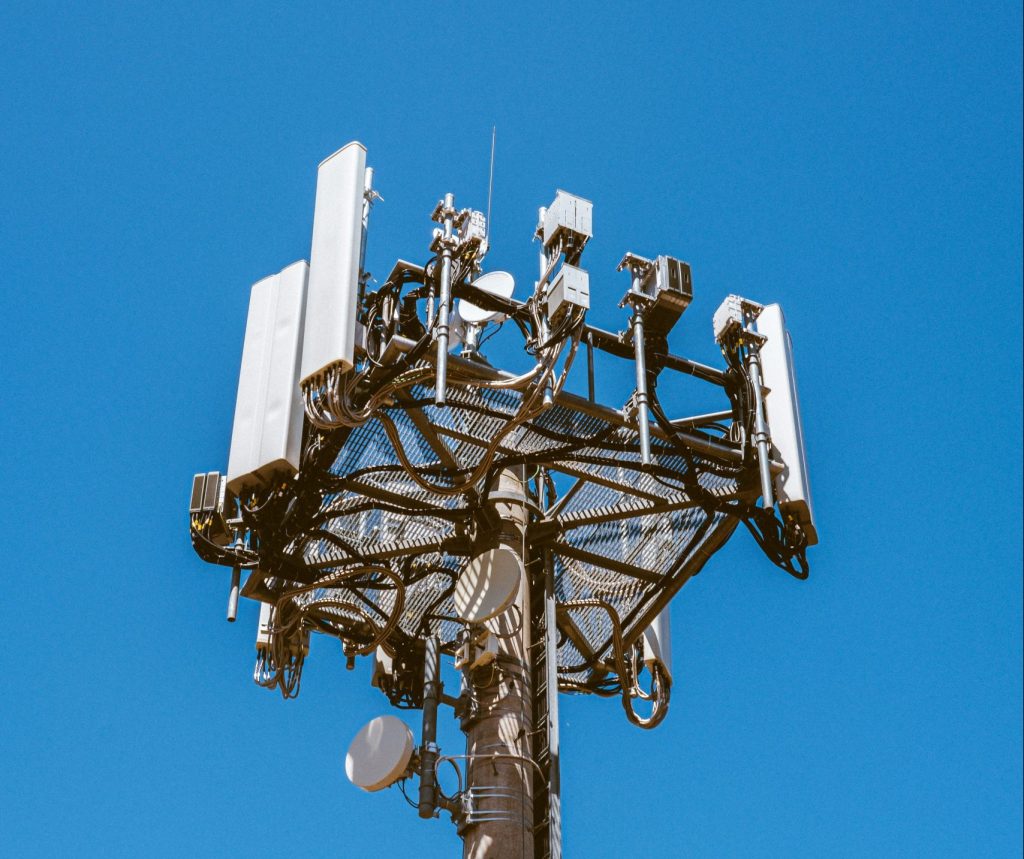 Key Differences Between Bias Tee and DC Block
Key Differences Between Bias Tee and DC Block

